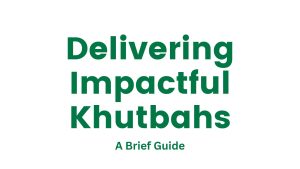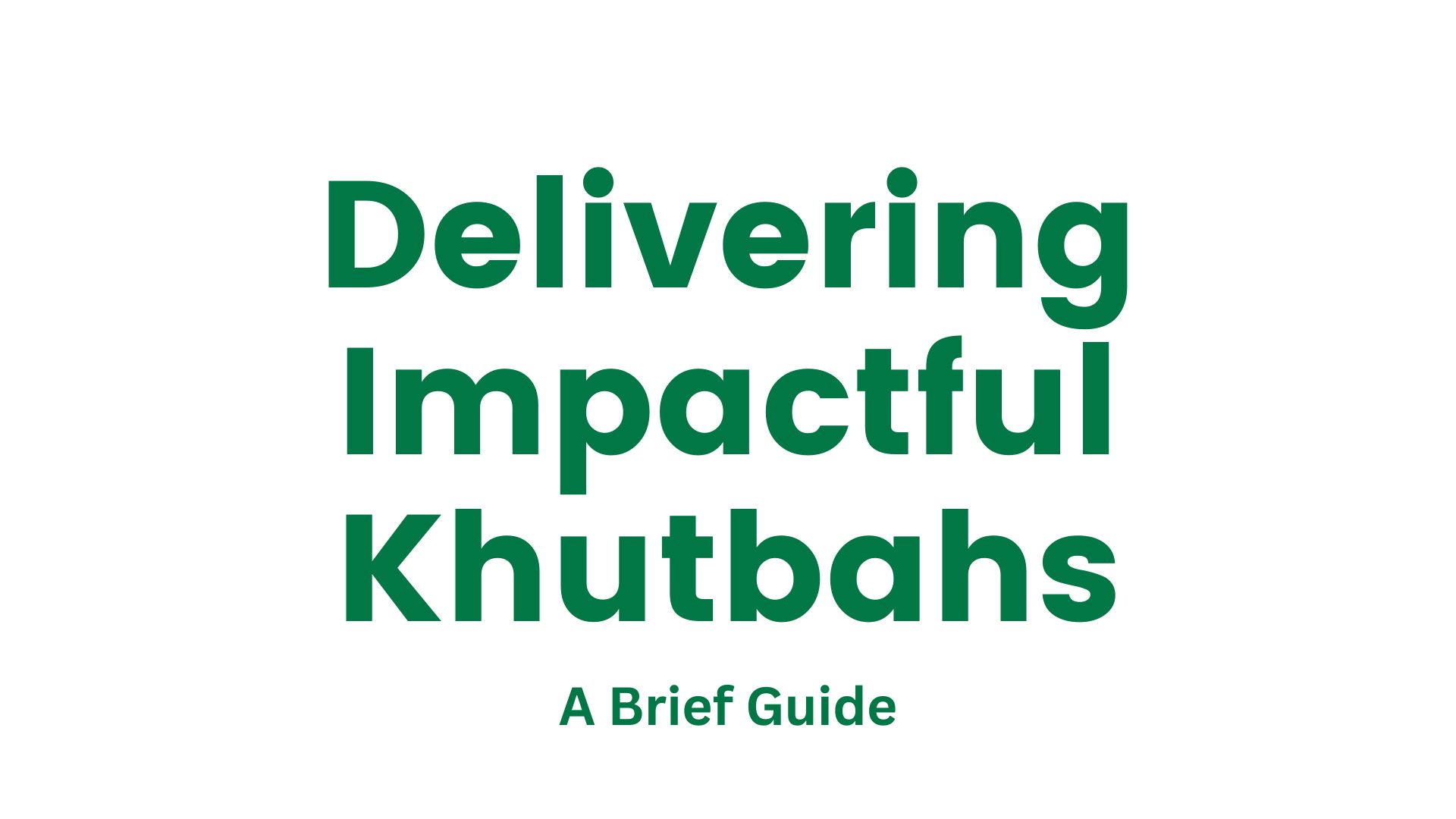
In the rich traditions of Islam, the Friday sermon (Khutbah) holds a significant place, serving as a moment of reflection, guidance, and community. The Prophet Muhammad’s approach to delivering sermons offers timeless lessons on effective spiritual leadership and communication. Drawing on the descriptions from “Zad al-Ma’ad,” we explore the subtle art of the sermon as practiced by the Prophet himself.
Brevity and Depth
One of the notable aspects of the Prophet’s sermons was his preference for brevity paired with extended prayers. This practice was not merely a matter of personal style but a profound demonstration of understanding. He famously stated that “the length of a man’s prayer and the brevity of his sermon are signs of his understanding.” This approach emphasizes the importance of depth and conciseness—qualities that ensure the message is both impactful and reflective.
Teaching Through Sermons
The Prophet used the pulpit not just to preach but to educate his followers about the principles of Islam and its commands. His sermons were dynamic; he would adapt his message to address immediate issues or reinforce core Islamic teachings. This adaptability ensured that his messages were always relevant and responsive to the needs of his community.
Charitable Acts and Community Care
A recurrent theme in his sermons was the emphasis on charity. The Prophet would specifically call upon his followers to assist those among them in need. This emphasis on zakat (charity) reinforced the communal bonds and underscored the societal responsibilities of Muslims to aid one another, particularly the destitute and needy.
Engaging the Congregation
Physical gestures, such as pointing his finger during supplications, were part of his method to draw focus and emphasize points. Moreover, he insisted on the congregation’s proximity and attentiveness. This was not only to maintain decorum but to ensure that the spiritual and communal benefits of the sermon were maximized. He warned against idle talk during the sermon, highlighting that such distractions could invalidate the spiritual benefits of attending the Friday prayer.
Humility in Leadership
Remarkably, the Prophet did not hold any symbols of power like a sword during his sermons; instead, he would lean on a bow or a stick. This choice symbolizes his approachable and humble demeanor, a stark contrast to the other non-muslim leaders of his time.
The sermons of Prophet Muhammad remain a guide on how leadership, when infused with humility, knowledge, and concern for the welfare of others, can elevate an entire community. By emulating these practices, leaders in various capacities can inspire and guide their communities towards spiritual and moral upliftment.
In our modern rush, where words often lose their weight in the noise of information overload, revisiting the prophetic approach to sermons can help us find the essence of meaningful communication—where fewer words can indeed traverse a greater distance.
